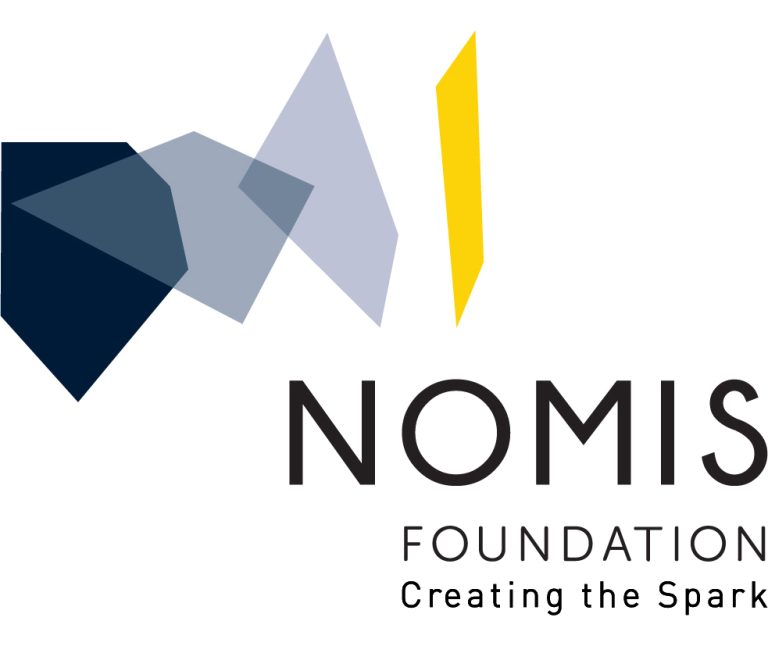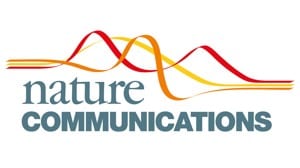Negative racial stereotypes tend to associate Black people with threat. This often leads to the misidentification of harmless objects as weapons held by a Black individual. Yet, little is known about how bodily states impact the expression of racial stereotyping. By tapping into the phasic activation of arterial baroreceptors, known to be associated with changes in the neural processing of fearful stimuli, we show activation of race-Threat stereotypes synchronized with the cardiovascular cycle. Across two established tasks, stimuli depicting Black or White individuals were presented to coincide with either the cardiac systole or diastole. Results show increased race-driven misidentification of weapons during systole, when baroreceptor afferent firing is maximal, relative to diastole. Importantly, a third study examining the positive Black-Athletic stereotypical association fails to demonstrate similar modulations by cardiac cycle. We identify a body-brain interaction wherein interoceptive cues can modulate threat appraisal and racially biased behaviour in context-dependent ways.


